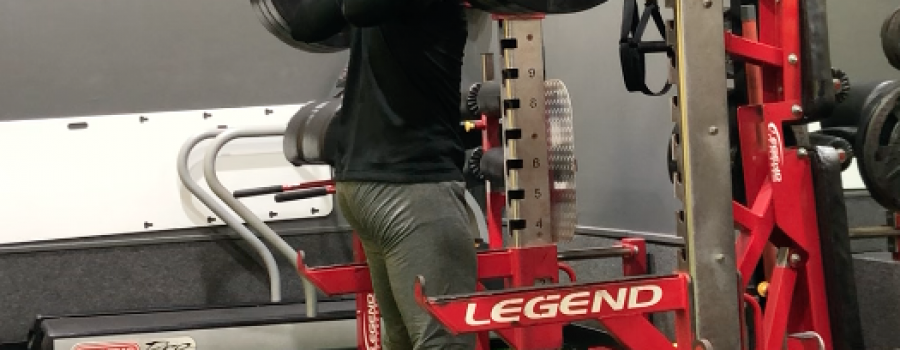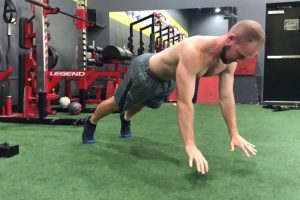Podcast #17 – How to set up for every lift – 4 Basic Principles you Need to know
Transitioning to free weights can be intimidating. You don’t have the built in restraints of machines and you have the added risk of weights. Plus there is the emotional factor of not wanting to look bad in front of all the “seasoned” gym rats. This is your simple check list to make sure that you are moving correctly and limiting risk.
Divide the body up into 4 levels: Feet, pelvic floor, Diaphragm, and Neck/Shoulders
Keep the knees over the midfoot in any position – Not caving in or pulled too far out
Keep the pelvic floor and hips in neutral – Not Extended or flexed
Keep the Diaphragm and rib cage locked down – Not extended or hunched over
Keep the Neck packed and shoulders neutral – Don’t jut the chin out and protract shoulders
Common Problem with feet – Collapsed arches, knees crashing in.
Fix – Err toward external rotation, abduction – Pushing Knees out
Don’t over correct by abducting so far that toes and knuckles lift off
Keep the entire foot in contact with the ground, that’s the point of your feet.
Common Problem with the hips – Too Extended
Fix – Err toward a more flexed position, bringing the front of the ribs and hips together
Don’t over correct and actually round your spine
Keep your pelvic floor engaged – Gird your loins, hold you pee, Cremaster muscle
Common Problem with Rib Cage – Too Extended
Fix – Err toward locking the rib cage down, exhaling firmly to brace core using diaphragm
Don’t over correct and lose a braced cylinder for the core by rounding the spine
Keep the Core braced with a firm exhale to set the rib cage before starting the movement
Common Problem with Neck/Scapula – Jutted forward head, internally rotated, protracted shoulder
Fix – Pack your neck, retract shoulders, think about pulling back
Don’t over correct by looking up and extending the upper spine artificially
Keep the shoulder blades engaged with the mid and lower traps, when you’re standing hands should be by your side with your thumbs pointing forward.




